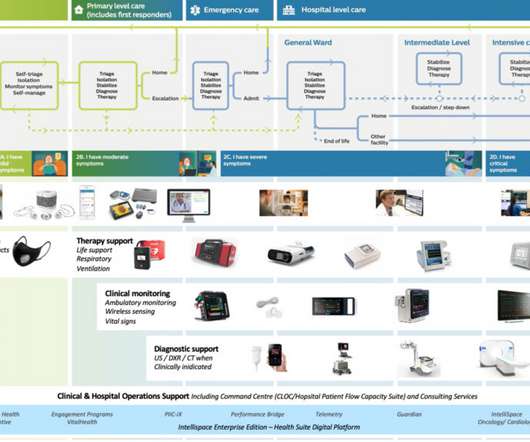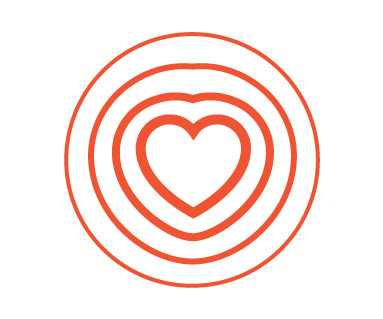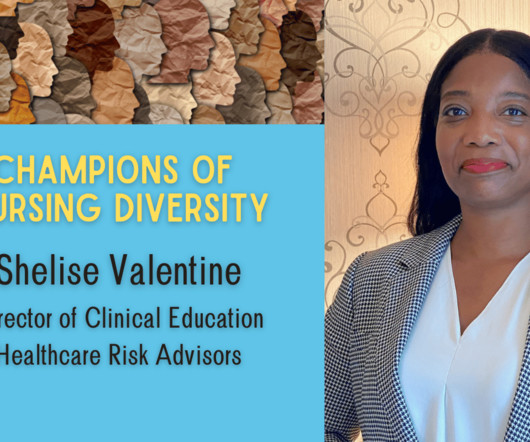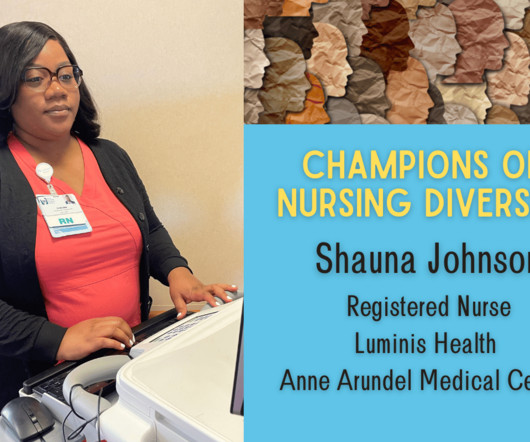How Philips Has Pivoted In the COVID-19 Pandemic: Connected Care From Hospital to Home
Health Populi
JUNE 10, 2020
I’d interviewed Roy at CES 2020 in Las Vegas in January to catch up on consumer health developments, and the March meeting was going to cover Philips’ innovations on the hospital and acute care side of the business, as well as to learn more about Roy’s new role as head of Connected Care.


















Let's personalize your content